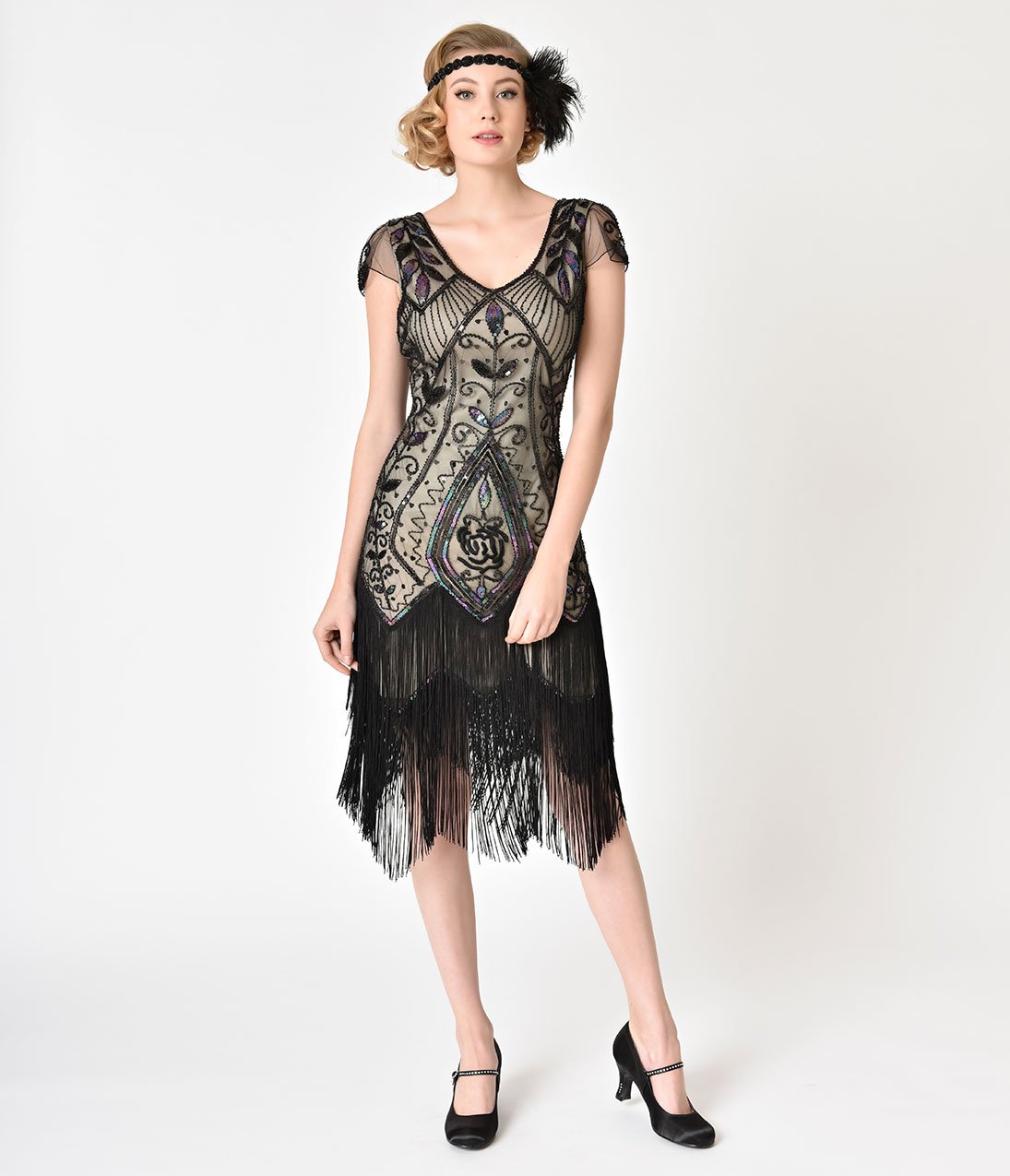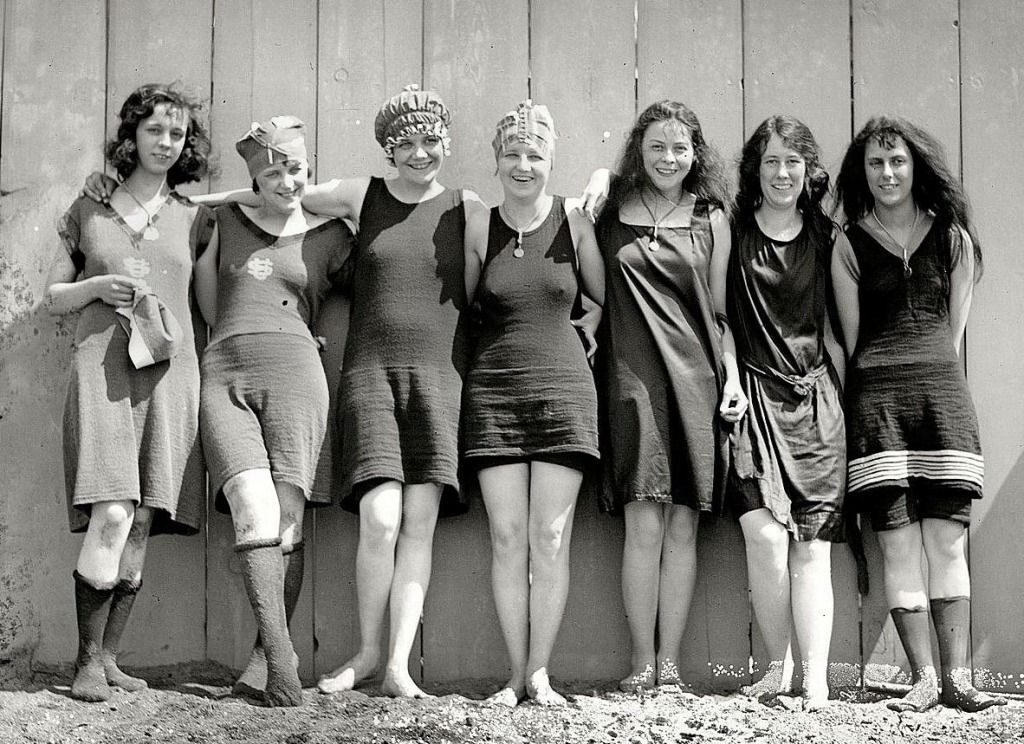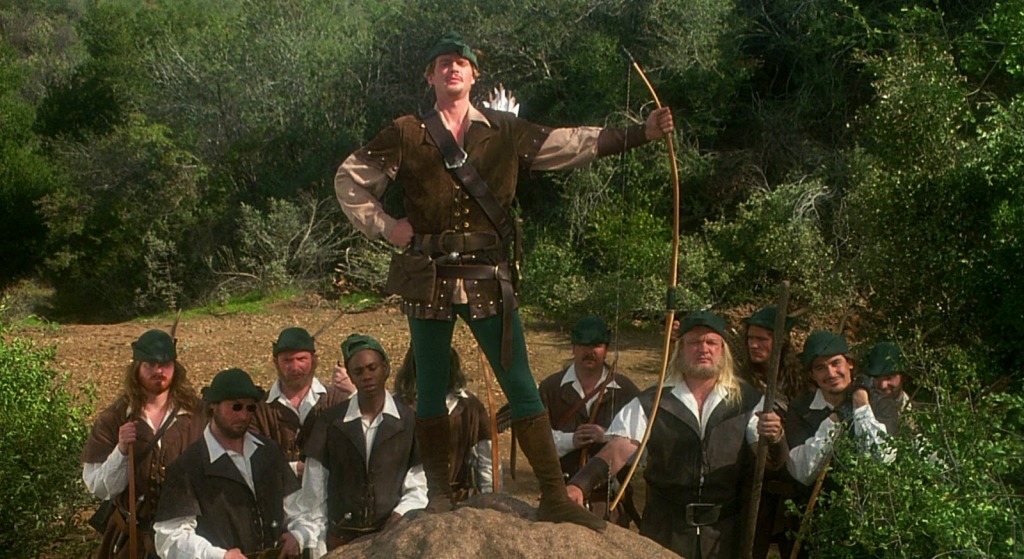Lifestyle
The History Of Flapper Fringe

When people think of Flappers from the 1920s, a certain image comes to mind. From popular movies to Halloween costumes, there are certain characteristics that these iconic figures always have in common – short hairstyles, period makeup, long cigarette holders, and, of course, a cocktail length dress full of dazzling fringe.
The idea behind a dress featuring head-to-toe fringe make sense. This tasseled fabric has a beautiful, distinct movement that looks beautiful when swinging side to side while dancing The Charleston. Throughout the years, this emblematic look has defined what we think of style and fashion during the 1920s. Perhaps the most interesting and surprising fact about flappers is that they didn’t wear fringed dresses in the 1920s – or at least not as we picture them today.

Where the Idea Began
The idea of flappers wearing fringe during the Roaring Twenties began a few decades after the fact. Filmmakers in the 1950s wanted to make uplifting movies and musicals that lightened the mood after the country came out of wartime. Many of these musicals were set during a time period when America as a society was in a slightly better place – the 1920s.
This not only began our modern, romantic vision of the era, but also inspired a certain look that we now associate with fashionable flappers from this time. To capture the movement and excitement of this era on technicolor film, wardrobe departments found a captivating fabric that looked great on screen – fringe.
Historical Accuracy
When it came to what liberated women during the Roaring Twenties actually wore, the truth isn’t any less glamorous. Popular dresses during this time period instead featured embellishments such as beading or embroidery. Hemlines more realistically hit at or below the knee rather than the micro proportions that are popular today. While some designer gowns did feature fringe during the end of the 1920s, these styles were extremely heavy, expensive, and certainly not commonplace.

Why It Has Become Emblematic
Just like in the 1950s, the idea of the carefree, liberated nature of the 1920s is a wonderful, romantic escape. There is a reason films like “The Great Gatsby” are continually popular and why women insist on dressing like fringe-covered flappers every Halloween. In truth, the flapper is a fun throwback to a time when women were coming into their own, whether or not they were wearing fringe.
-

 Tech11 years ago
Tech11 years agoCreating An e-Commerce Website
-

 Tech11 years ago
Tech11 years agoDesign Template Guidelines For Mobile Apps
-

 Business6 years ago
Business6 years agoWhat Is AdsSupply? A Comprehensive Review
-

 Business10 years ago
Business10 years agoThe Key Types Of Brochure Printing Services
-

 Tech8 years ago
Tech8 years agoWhen To Send Your Bulk Messages?
-

 Tech5 years ago
Tech5 years ago5 Link Building Strategies You Can Apply For Local SEO
-

 Law5 years ago
Law5 years agoHow Can A Divorce Lawyer Help You Get Through Divorce?
-

 Home Improvement6 years ago
Home Improvement6 years agoHоw tо Kеер Antѕ Out оf Yоur Kitсhеn































